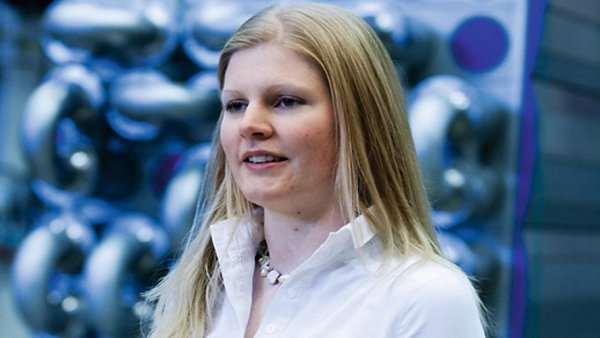Tetra Pak® Tubular Heat Exchanger with P2P technology
A 3-A approved, innovative, cost-cutting product-to-product heat exchanger
An ultra-hygienic tube heat exchanger with product-to-product (P2P) technology and 3-A approval, which can more than halve your energy consumption or investment cost compared to product-to-water alternatives. Key features, including a smart, crevice-free weld and innovative spring box, offer unsurpassed hygiene.
Low total cost of ownership
- Up to 55%1 higher energy efficiency through lower steam and cooling water consumption
- Costs up to 55%1 less than comparable P2W alternatives depending on energy configuration
- Very long equipment lifetime
Fully hygienic design
- Approved by 3-A standard
- Innovative, patent-pending weld eliminates crevices
- Patented spring box separating the inner tubes eliminates need for internal divider
Unique flexibility
- Can run a wide range of product combinations, including products with particles
- Versatile in supporting different tube combinations,
- Super-compact design, with minimal distance between tubes, saves space
Tetra Pak® Tubular Heat Exchanger with P2P technology
P2P TECHNOLOGY
Explore the power of P2P
Tetra Pak Tubular Heat Exchanger P2P uses unique technology to save energy and raise the bar in food safety – all at a lower investment cost. An innovative crevice-free weld and patented spring box eliminate potential sanitary blind spots to provide total peace of mind on hygiene. The spring box also facilitates completely free product flow for optimum processing versatility and a great user experience. Join our product manager Jimmy Moons in this explainer video and see for yourself.
P2P TECHNOLOGY
Lower total cost of ownership
Tetra Pak Tubular Heat Exchanger with P2P technology saves you money in multiple ways. It cuts energy bills by up to 55% through lower steam and cooling water consumption compared to product-to-water (P2W) alternatives. Its ultra-compact design also uses less steel than P2W alternatives, making it more affordable. Depending on the chosen energy-saving configuration, it can cost less than half as much as a comparable P2W unit. A built-in floating protection system alleviates the risk of metal fatigue caused by thermal stress. As a result, the unit lasts for many years – as long as your plant, in fact..
The heat exchanger budget dilemma: why project managers and operational managers disagreeFully hygienic design
Our quest for the highest standards of food safety led us to develop innovative technology for Tetra Pak Tubular Heat Exchanger with P2P technology. A floating protection system eliminates thermal stress, eradicating any potential cross-contamination caused by material fatigue or cracks. And if any production stop occurs, the unit is easy to inspect and clean: you simply lift the lid. And instead of welding the heat exchanger tubes from outside, we invented a way to weld inside them, using protective gas. This smart technique removes any hypothetical risk of spores or bacteria lodging between the tube case and outer tube. For that reason, our tube heat exchanger is fully certified by the international 3-A sanitary standard.
Read the complete article Keep it cleanUnique flexibility
Tetra Pak Tubular Heat Exchanger with P2P technology is highly adaptable and flexible. An ultra-compact, modular design also makes it supremely versatile in offering different tube combinations. You can even connect it to product-to-water (P2W) heat exchangers in the same frame. The unit supports an extensive range of product combinations, including foods and beverages with and without particles. Typical applications include milk and other dairy products, beverages and juices with or without fibres, and temperature-sensitive products such as soy-based (when combined with P2W tube inserts).

P2P and P2W explained
There are two main ways to heat food and beverages during processing. One uses hot water in tubes inside a product-to-water (P2W) heat exchanger. The other circulates hot and cold product in tubes inside a product-to-product (P2P) heat exchanger to achieve the desired temperature level. Both technologies have their place in a heating portfolio. Tetra Pak has been using tube heat exchangers for 20 years, with outstanding results. So when should you choose P2P and when should you choose P2W?
Rethinking resources
Food and beverage producers face growing challenges in energy, water, and waste management. Addressing them requires a combination of technology and food expertise, tailored to your operations. Our comprehensive portfolio of products and services, backed by decades of experience in food applications, can help you reduce your energy, water, and waste while simultaneously delivering cost benefits.
Related articles
Related documents
Related links
1 Comparison between product-to-water and product-to-product heat exchangers.
Product: Whole milk, capacity: 20,000 l/h, annual production time 6,000 h, steam cost 0.04 €/kg, cooling cost 0.03 €/kWh




